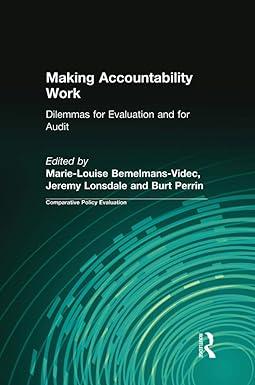

The Hotelling model of product differentiation 1 geographic space that we represent by a segment |0,1]. This is the "beach" in Hotelling's original article. Suppose that some buyers are located in the segment (0, 1] Setting. Imagine a Suppose further that there is a mass 1 of buyers who are uniformly distributed on There are two firms, denoted by l and r, located at the end points of the segment (0 and 1). These are the ice-cream sellers in Hotelling. To buy the good, up to one of the firm. The transportation cost per unit of distance is t. A buyer located midway ) has a cost visit firm l and t(1 a consumer has to travel to visit each firm. A buyer located at x e [0,1] has a cost tx to - x) to visit firm r. Firms l and r set prices p, and p, respectively. Buyers have the option not to buy, in which case they get 0. If they buy from either firm, they get a gross utility of u Remark. Instead of a beach + walking cost, we could think about the location of my "tastes" and various products in "product space." Although people may differ in their preferences, they may still be willing to consume a product that is not closest to their ideal, as long as the price is low enough Questions Take consumer located at 0. His utility from buying from firml is u - pi; his utility from buying from firm r is v - p, - t. What kind of differentiation is this? Assume prices are such that all buyers prefer buying from either firm rather than not buying at all. Find the location of the buyer who is exactly indifferent between buying from firm l and buying from firm r. What can you say about all the buyers located at &? Given prices (pe, pr), what is the demand faced by firm l and by firm r? .(., P,) % (, ) (; + P), find Given that the profit of a firm i can be written as the Nash equilibrium in prices Find a condition such that all consumers prefer to buy at the equilibrium prices rather than not to buy a and b with a
&? Given prices (pe, pr), what is the demand faced by firm l and by firm r? .(., P,) % (, ) (; + P), find Given that the profit of a firm i can be written as the Nash equilibrium in prices Find a condition such that all consumers prefer to buy at the equilibrium prices rather than not to buy a and b with a








